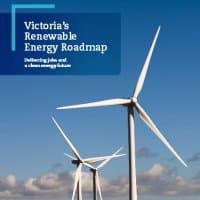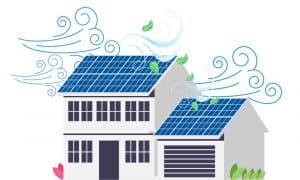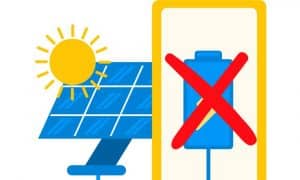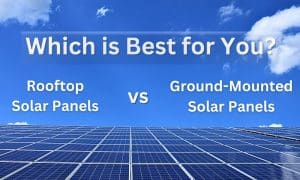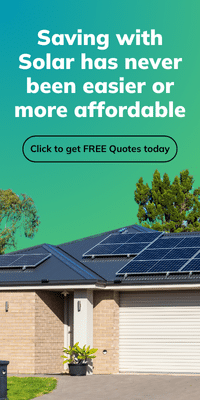Victoria’s Renewable Energy Roadmap identifies barriers to uptake of solar and other technologies, plus investigates options for taking action independently where Federal policy is failing.
Launched on Friday, the Roadmap outlines a set of initiatives to accelerate the development of renewable energy projects in the state, including leveraging the Government’s electricity purchasing power to support the creation of hundreds of jobs in the sector.
“Victoria has world-class renewable resources. We will use them to make our state an industry leader,” said Victorian Premier Daniel Andrews.
“Renewable energy means jobs. Our plan puts us on course to build more projects and drive growth.”
The Clean Energy Council welcomed the Roadmap.
“While the RET is a great start, Victoria has recognised that there is plenty of scope to go above and beyond the national target with this policy and build a smarter, cleaner, more modern economy,” said CEC Policy Manager Alicia Webb.
“When Australia’s brown coal capital recognises the potential of clean energy jobs and investment for the state’s future, it is a sign that change to a more modern energy system is inevitable – the main questions remaining are how fast the transition will happen and how that process can best be managed.”
Ms. Webb said the promotion of the Clean Energy Council’s Solar PV Retailer Code of Conduct in the Roadmap was also welcome. The Roadmap states any Government programs supporting solar PV will require the solar panel provider to be a signatory to the Code.
Currently, Victoria only produces 12 per cent of its power from renewables. The majority of electricity generated in the state comes from the burning of emissions-intensive brown coal.
The Government has now set a goal of least 20 per cent of the state’s electricity generation coming from renewable sources by 2020.
Also announced on Friday was an initiative to source renewable energy certificates from new projects in Victoria, bringing forward around $200 million of new investment in renewables. According to a statement, around 1,000 direct and indirect jobs will be created during the construction of the new projects; with most of that employment based in regional Victoria.
Victoria’s Renewable Energy Roadmap can be viewed in full here (PDF).












